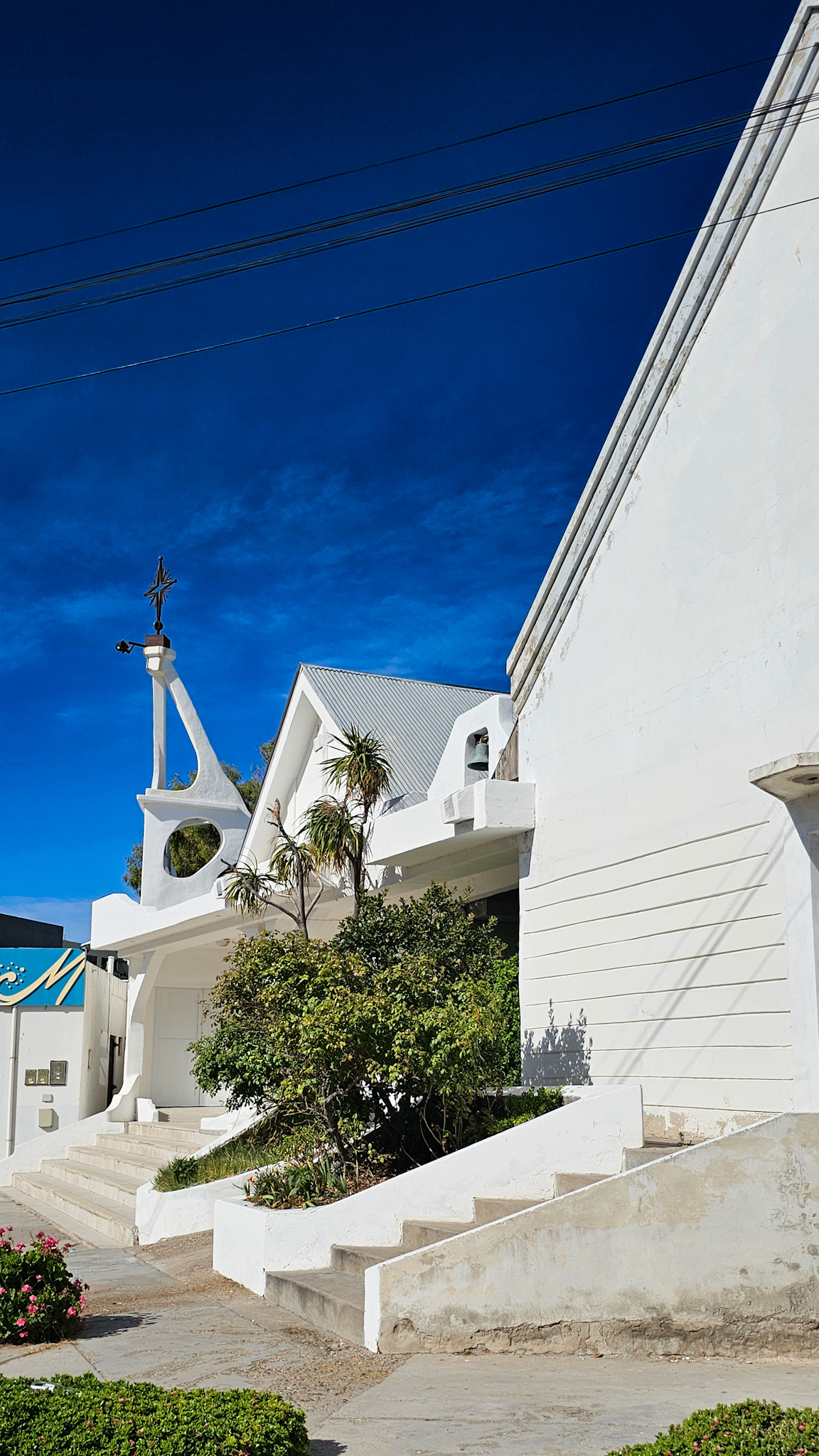Photographer and urban art lover ANALÍA PERTUSI aka PERTS JAM regularly contributes fantastic shots of streetart and graffiti to three bigger city maps, including Buenos Aires, Rosario and Chascomus, in addition to various locations in Argentina. But she also loves nature, the sea and paradisiacal places. Here we have a report on the idyllic beach town Las Grutas.
The Grottoes
Las Grutas is a city located on the Atlantic coast of the Río Negro province in Argentina. It is bathed by the warm, blue waters of the San Matías Gulf. The city gets its name from the incessant carving of the waves on the cliffs, which are up to eight meters high. When the tide rises, the constant pounding of the waves creates marine erosion that gives rise to caves below the cliffs, which are bordered by extensive golden beaches and an absolutely calm ocean. The intense blue sea has one of the warmest temperatures of the entire Argentinean maritime coast, reaching between 22 and 25°C (71.6 – 77°F), thanks to a combination of climatic, atmospheric and oceanographic factors. The tide has a great amplitude and its transparent waters have a great hypertonic power due to their high concentration of salts and iodine.

Its Beaches
The beaches extend for 3 kilometers (1.9 miles) along the coast and along them 9 different „bajadas“ (access points to the beach) create very attractive and dissimilar scenarios. At low tide, the width of the beaches can reach one kilometer (0.6 miles). The amplitude of the tide determines the landscape you will find when you visit each beach. If you visit a beach at high tide, you may not be able to descend to it. If you go at low tide, you will find a very different scenario.

The entire coastline is bordered by a white curvilinear Mediterranean-style wall that was built there by the Uruguayan artist CARLOS PAEZ VILARÓ following the architectural movement that the artist established in Punta del Este.
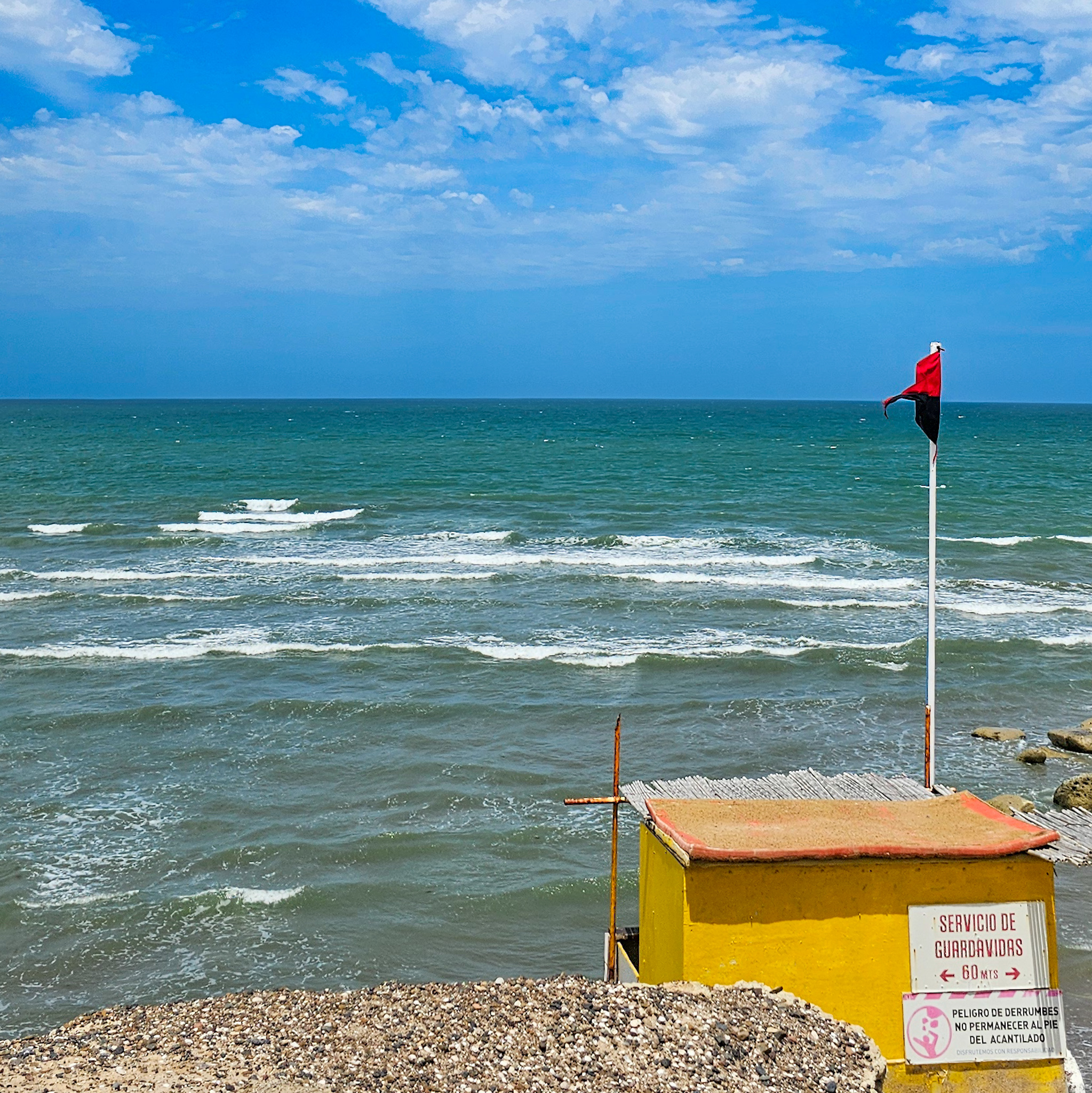
A curiosity about the „bajadas“, which are nothing more than rustic stairs between the cliffs that allow you to access the beaches, is that each one has an identifying name and that they are attended by different and well-differentiated groups of people. For example, the „Bajadas“ Fourth and Fifth are the favorites of teenagers, while if you choose the „Bajadas“ Zero, First and Second you will find yourself in the center of the Villa and with many family groups there, since it is the place most chosen to dive into the sea. At the same time, in these „bajadas“, the beaches are the only ones that are characterized by having sand throughout their extension, since the others have a „restinga“ floor, smooth stones throughout their amplitude. If you choose to visit any of the other „bajadas“, you will find yourself in a slightly more exclusive and private environment, since they are not the most crowded.

In some „bajadas“ you will find a peculiar attraction for the tourist public, called „Piletones“, which are excavations made in the rocky ground that cause water to stagnate inside them at low tide. They not only offer a magical view that contrasts the blue color of the sea with the turquoise color of the water inside the „piletones“, but you can also immerse your feet there in the company of marine fauna: small crabs, Tehuelche octopuses, oysters and seahorses that are sometimes submerged in these oceanic pools. Pay close attention to your balance there, because the presence of seaweed in combination with the rocky ground, often forms green slime on the stones that will test your ability to stay firm and standing.
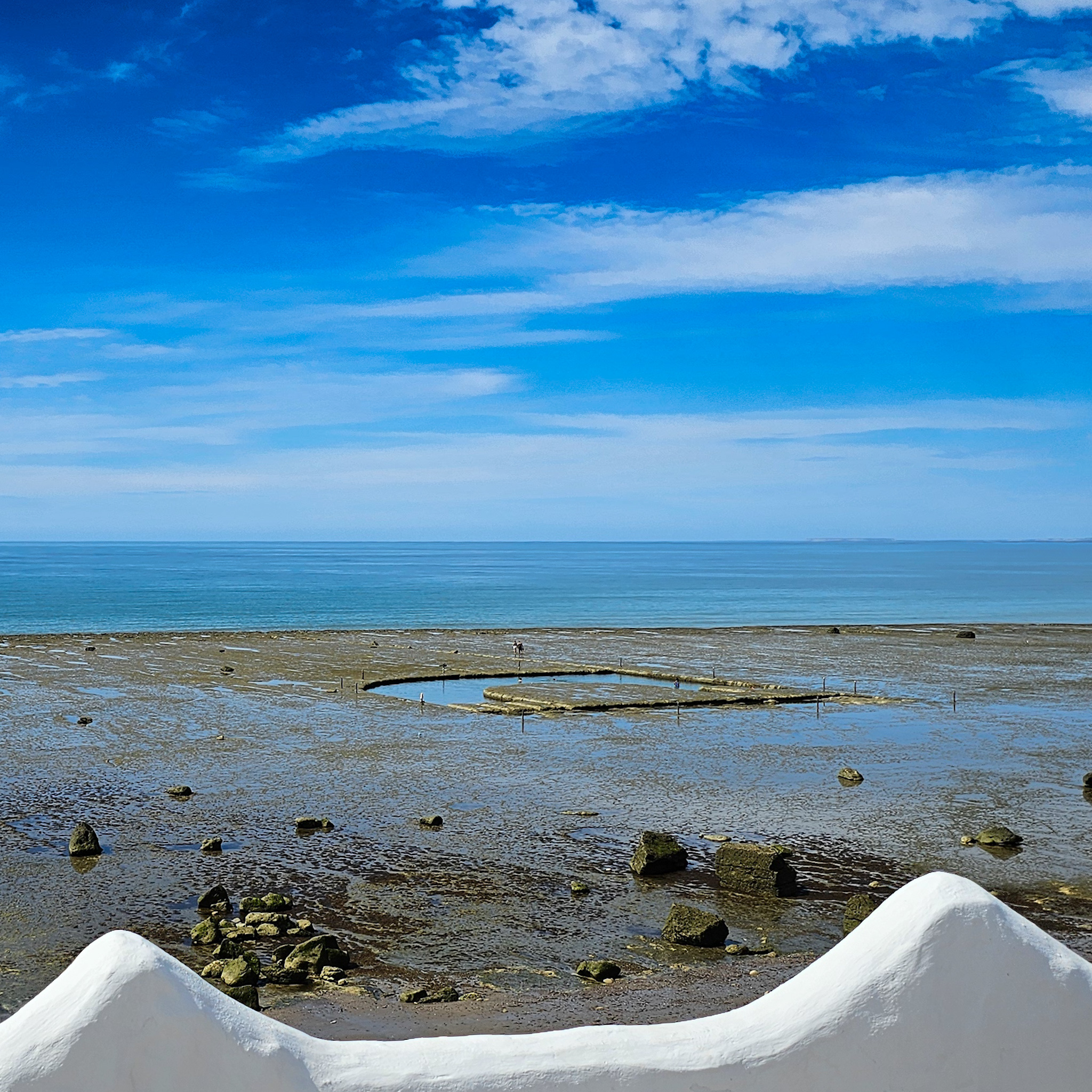

Another marvel of the beaches is that, due to their orientation, they will allow you to enjoy 11 hours of sunlight during the summer months. And a fact that you cannot ignore is that in the Argentine Patagonia the winds are usually strong and that, although the cliffs provide shelter from these Patagonian winds, there will be some times of the year when they can make your visit to the place difficult.

Fauna
The marine fauna of the Patagonian region of Argentina has a characteristic appeal. In the San Matías Gulf, you can be dazzled by a year-round aquatic spectacle of jumping dolphins. All you need to do is embark on an aquatic adventure offered by Las Grutas. In addition to numerous species of dolphins, you will find some more of sea lions and fur seals, whales and an infinite variety of birds. Therefore, if you want to be dazzled by them, the advice here is to plan your trip in advance and get a calendar of the marine fauna of each place you want to visit.
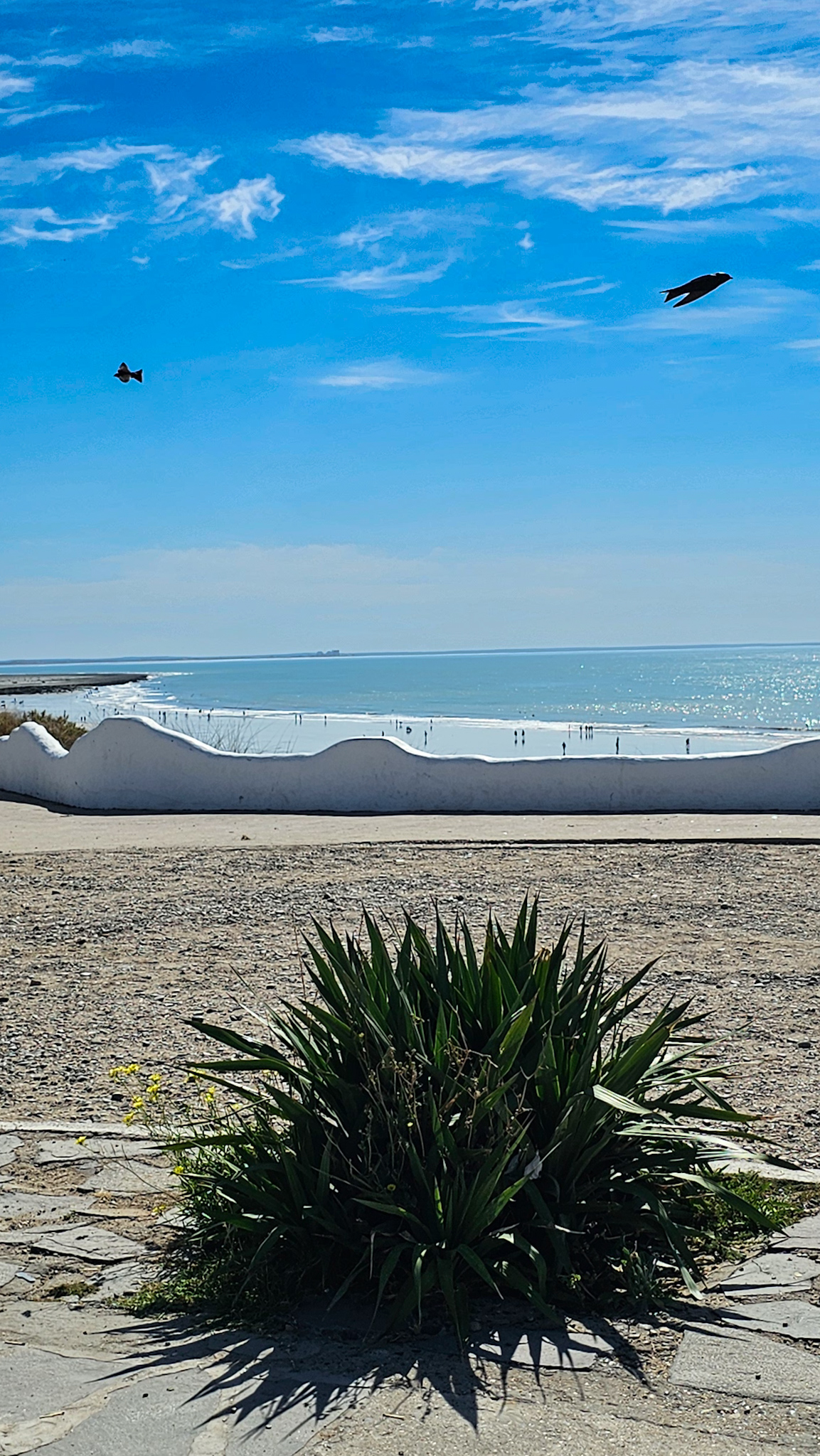
Activities
Among the sports attractions, the town invites you to do activities such as fishing, scuba diving, windsurfing, jet skiing and water skiing. While its white sand dunes and ravines are ideal for trekking, sandboarding and quad biking.
The Town
As we mentioned before, the style of the town is Mediterranean. As a result of the visit of the artist Paez Vilaró and the establishment of his imprint on the coastal walls, the inhabitants of Las Grutas decided to extend the style to the construction of their homes. In the town you will find a wide range of accommodation, from complexes of private houses to hostels, hotels and campsites. The gastronomic offer is very wide and varied. You will find many options that adapt to your needs, even if you need special diets.

At night you can visit the Artisan Fair that is set up in the center of the town and where many shows by street artists are offered, see a seasonal play; you can try your luck at the Casino or go for some fun games at a small amusement park located right in front of it.

The Olives
Las Grutas and San Antonio Oeste are home to three of the largest olive groves in the country. You can visit these groves and taste their world-renowned olive oils and derived products. The location of the plantations near the sea, the maritime winds, and the remarkable thermal amplitude of the place favor their production. Very close to Las Grutas, the family ecotourism project called Jahuel is a stop that we recommend you make. There you can take a guided tour of the Museum, with a very detailed explanation about the Natural Reserve in which it is located, its flora and fauna. For the little ones, there is an area with a playground. You can also visit their Farm and taste delicious and abundant homemade sweet or savory options accompanied by coffee, tea or the infusion of your choice. You can also have lunch with homemade, fresh and quality products with an excellent view of the sea and surrounded by native nature. Jahuel is that magical place that you will not want to miss.

Nearby attractions
Just 1 kilometer from Las Grutas, La Rinconada allows you to enjoy sea fishing from the cliffs with species of silverside, Argentine sargo and snook. The town of San Antonio Oeste is located just 20 kilometers by road from Las Grutas and there you can access Playa Caracolitos, Punta Delgado, Punta Verde, La Mar Grande, by a gravel road, which will allow you to appreciate a beautiful sunset over the Atlantic Ocean.
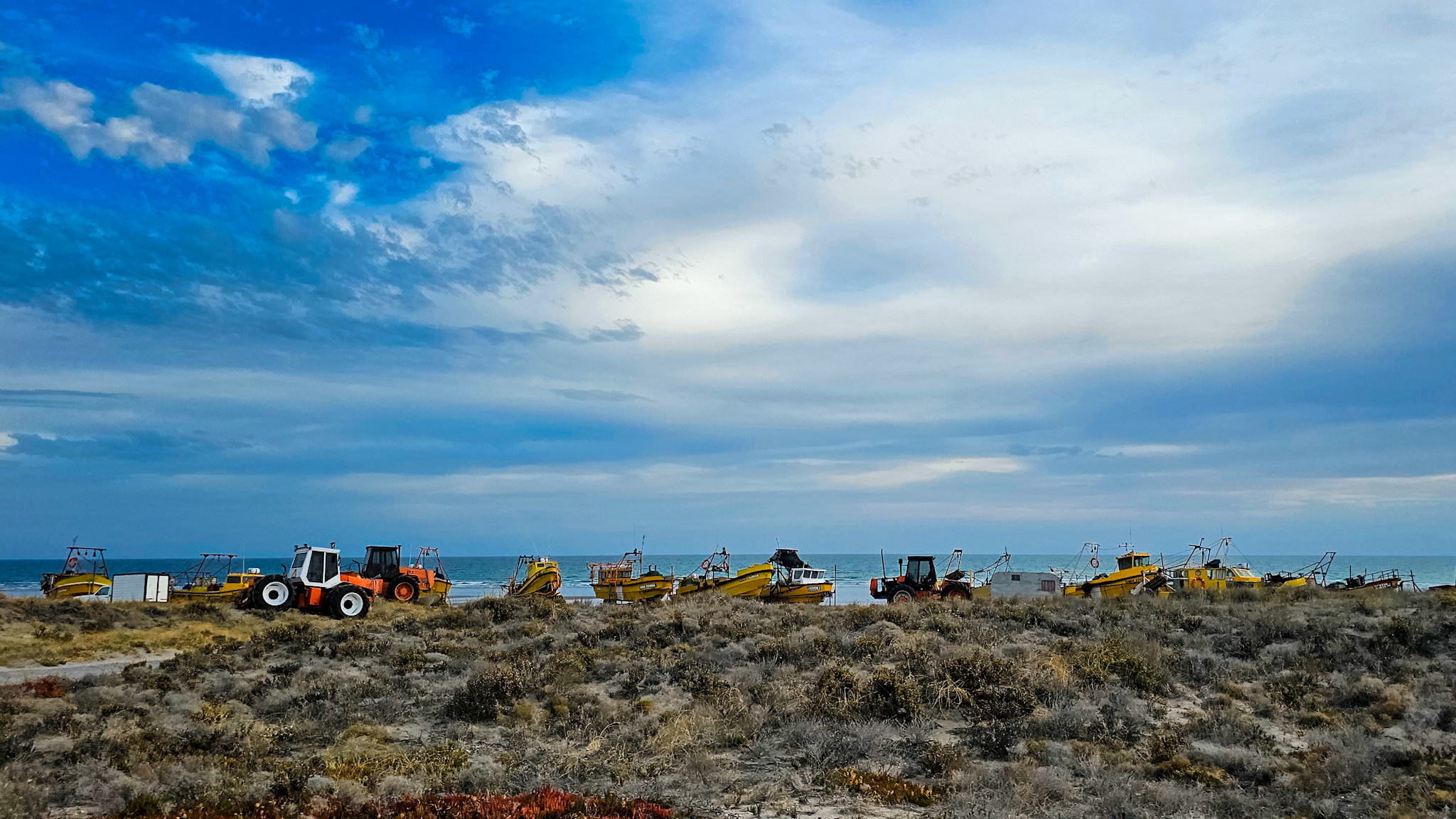
Traveling about 40 kilometers more you will find Fuerte Argentino where you can take photo safaris and climb the plateau to enjoy excellent panoramic views. There you can hire with one of the tourism companies the excursion to the Salinas de Gualicho, an endless salt oasis full of mysteries and legends. But before you get there, you won’t want to miss some intermediate stops. Continuing your way north, about 60 kilometers away you can find San Antonio Este with two truly unmissable points: Punta Perdices and Playa de las Conchillas. In Punta Perdices you will immerse yourself in the inner part of the San Matías Gulf and you will find the turquoise sea with waters that will remind you of a swimming pool due to its tranquility. What kind of beach would you like Punta Perdices to have? If you want a rocky beach we recommend going at high tide, but if you want a sandy beach and water, low tide will be the time to choose. In the area you can rent kayaks and stand up paddle boards and take walks and fishing trips.

To discover Playa Conchillas you will only need to go at high tide, you will enjoy an adorable path with beautiful pastel colors of its shells but if you would like a mix with sand, low tide will be the right time. On this beach you will have access to two paradores and, if you are a lover of camper tourism, this is your ideal meeting point. Upon arrival at the Punta Villarino parador you will be greeted by a colony of sea lions, an incredible postcard. Returning to the starting point and starting your way south, in Piedras Coloradas you will be fascinated by the incredible and millenary natural environment since the rock formations date from the Precambrian period (500 million years) and, due to the high presence of feldspar, it tints the rocks of its particular reddish color. The place is ideal for Ecotourism activities, horseback riding and fishing from the coast.

Following the route and before arriving at El Cañadón de las Ostras you could make a stop at Playa El Buque, which gets its name from an immense rock that is exposed at low tide, surrounded by sectors where lagoons are formed, and which has the particularity of always having sand in it, regardless of what type of tide affects its coasts. Or perhaps discover the El Sótano beach, which is characterized by natural caves formed in the cliffs and that were used by coastal octopus gatherers to keep their prey fresh. And since the locations of these beaches are somewhat imprecise since they lack signage, we invite you to discover a very funny and curious sign that the locals placed referring to this fact and the occasional inaccuracy that the famous geolocated reference search engine, Google, has.
Other beaches such as Morella and Los Chañares are part of this incredible circuit of 42 km of Patagonian coast. Each one has a particular attraction and here, we must remind you, that your experience will be relative to the moment you visit each one of them because the landscape will be very different depending on the time of the tide. The immeasurable beauty of El Cañadón de las Ostras lies in the quantity of fossilized oysters, snails, scallops and mussels that date back 12 million years. It is important to share with you that the roads that lead to the beaches south of Las Grutas are sand and gravel and that, if you go with a vehicle or hire one, 4×4 traction is ideal for this type of terrain. At the same time, these paradises are remote and devoid of essential services, especially lifeguard service, so it is essential that you plan your visit taking everything you consider necessary, mainly water to provide you with adequate hydration and sunscreen is essential because the The fall of the sun’s rays at this point on Earth is much closer than anywhere else.
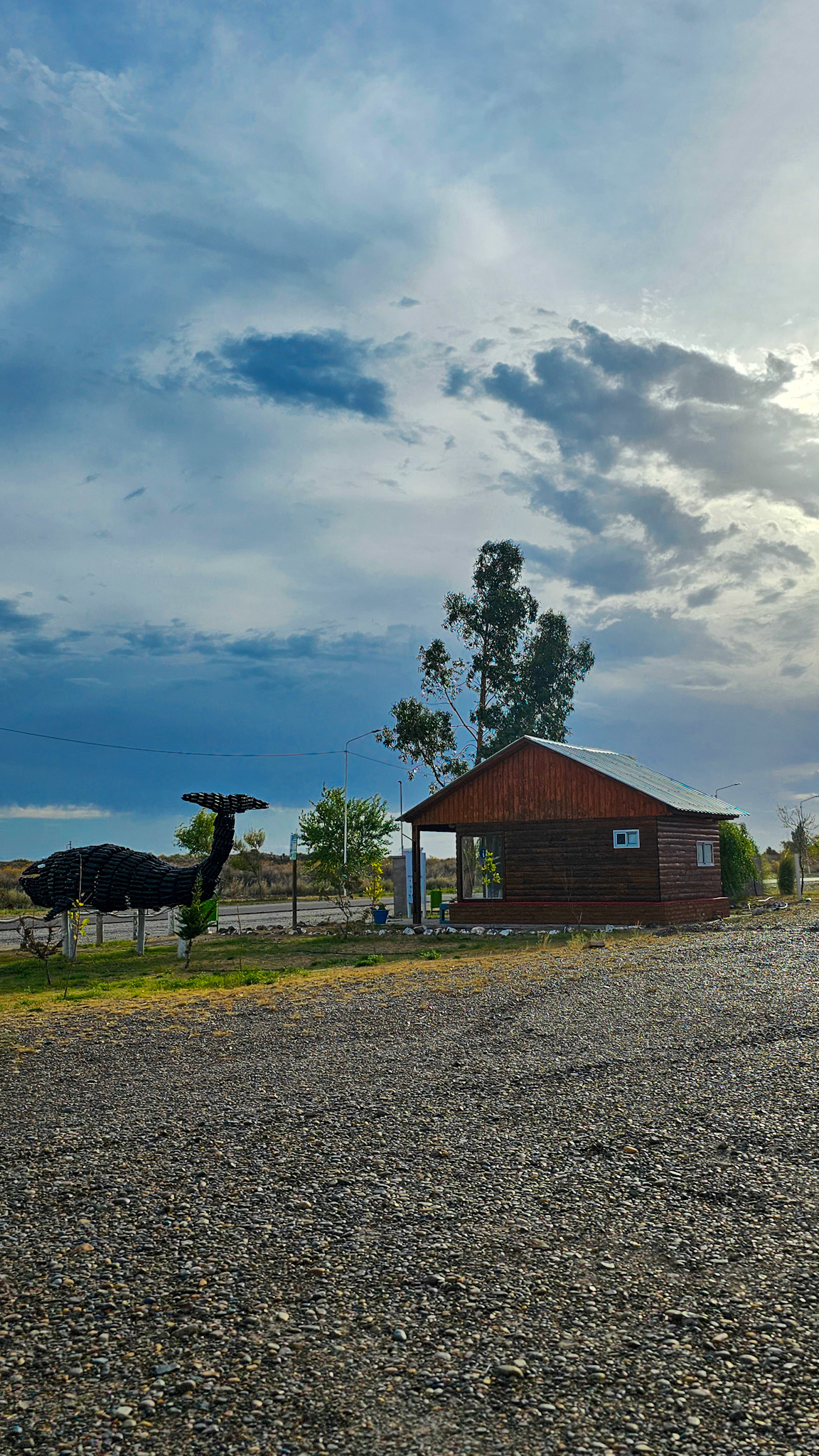
Visiting Las Grutas can be a mind-blowing experience. The landscape can change dramatically right before your eyes, even if you’re just standing in one spot. It happened to me when I was there. I was just chilling on the balcony of my rented apartment, and then suddenly, the sky turned into this amazing spectacle.

![]() Photographer & Author: ANALÍA PERTUSI aka PERTS JAM
Photographer & Author: ANALÍA PERTUSI aka PERTS JAM
![]() Facebook: https://www.facebook.com/PertsStreetArt
Facebook: https://www.facebook.com/PertsStreetArt
![]() Instagram: https://www.instagram.com/pertsjam
Instagram: https://www.instagram.com/pertsjam
![]() Instagram: https://www.instagram.com/pertsstreetart
Instagram: https://www.instagram.com/pertsstreetart
![]() Profile Page: https://vagabundler.com/culturists/analia-pertusi
Profile Page: https://vagabundler.com/culturists/analia-pertusi
MORE ARTICLES ABOUT ARGENTINA
>>> Streetart Map Buenos Aires <<<
>>> Streetart Map Rosario <<<
>>> Streetart Map Chascomus <<<
>>> Painter Murdock Allen <<<
>>> Germán Aczel Comics <<<
>>> Deinstinto Urban Art Festival <<<
>>> Pintura Gourmet Festival <<<
>>> Streetart Mar del Plata <<<
>>> Streetart Mar de Cobo <<<
>>> Mar de Cobo – Architecture <<<
>>> Streetart Monte Hermoso <<<
>>> Monte Hermoso – Nature <<<
>>> Collection Buenos Aires <<<
>>> Streetart Victoria <<<
>>> Victoria – Architecture <<<
>>> Streetart Nicolás Arroyos <<<
>>> Streetart Theobald <<<
>>> Streetart Puerto Madryn <<<
>>> Streetart San Vincente <<<
>>> Rosario – Architecture & Sights <<<
>>> Las Grutas – Nature & Beaches <<<
>>> Pehuén-Co – Nature & Beach <<<
>>> Streetart San Bernardo del Tuyú <<<
>>> Streetart Palermo <<<
>>> Streetart San Telmo <<<
>>> Streetart Recoleta <<<
>>> Purmamarca – Siete Colores <<<
>>> Calilegua Nationalpark <<<
>>> Pucará de Tilcara <<<
>>> Buenos Aires – Reportage <<<
>>> Quebrada Termas de Reyes <<<
>>> Paseo de los Colorados <<<
>>> Art of the Andes <<<
>>> Streetart Andes <<<
>>> San Pedro de Jujuy <<<
>>> Tilcara – Andes Comunidad <<<
>>> Lama Andes Sanctuary <<<







